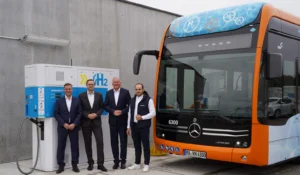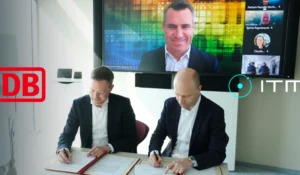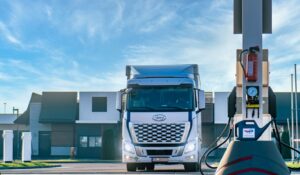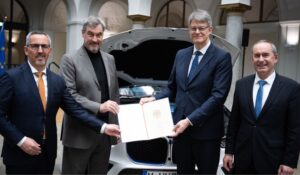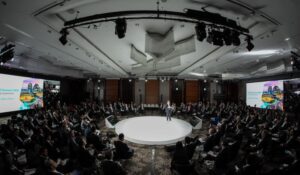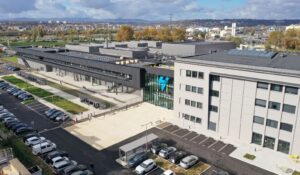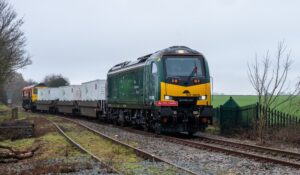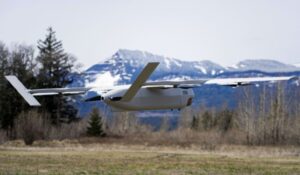Ten new Mercedes Benz hydrogen fuel cell buses enter service in Stuttgart
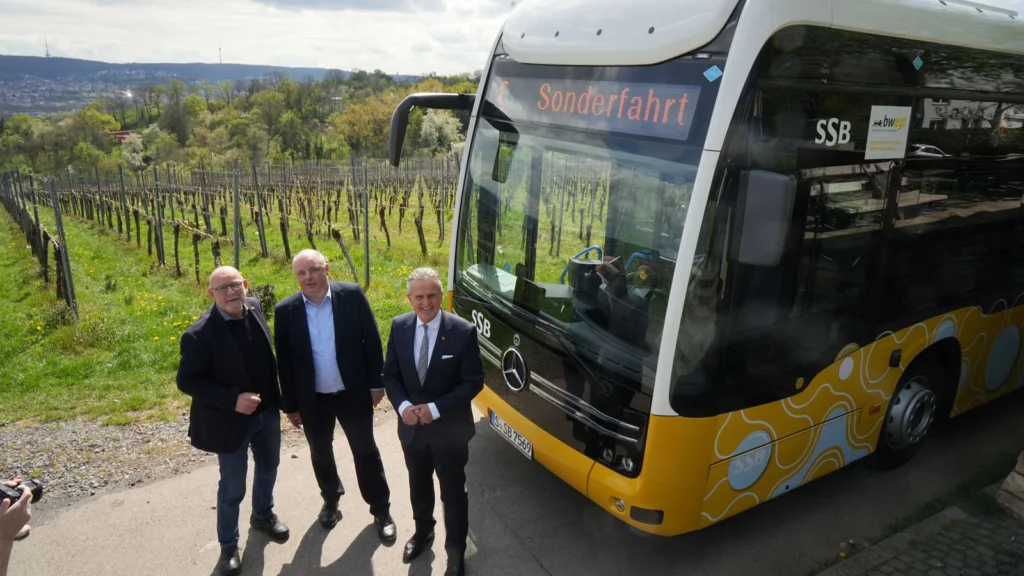
Stuttgart has added ten articulated hydrogen fuel cell buses to its municipal fleet, with the first now operating in public service.
The Mercedes-Benz eCitaro G buses, developed by Daimler Bus, are the first zero-emission models to join Stuttgart’s SSB network as part of a long-term transition away from diesel.
The buses are configured for hydrogen-only operation, using Daimler’s new ‘H2 Mode’ to run exclusively on fuel cell power without relying on grid charging.
The vehicles combine a 60 kW roof-mounted fuel cell module with six hydrogen tanks and four NMC3 battery packs offering 392 kWh of onboard storage. Range in H2 mode is quoted at up to 360 km.
The SSB’s Technical Director, Thomas Moser, said the shift to alternative drivetrains was “one of the biggest changes to our core business since the switch to light rail.”
Gaisburg rebuild leads shift to hydrogen
The deployment follows a fire at the SSB’s Gaisburg depot in 2021, after which the operator accelerated its transition to emission-free buses.
Gaisburg now hosts a hydrogen refuelling facility – currently supplied by trailer, but set to be connected to a pipeline.
The SSB intends to operate only emission-free buses in Stuttgart’s city centre by 2027, expanding to the entire network by 2035.
A €31 million investment is planned for fleet conversion, with €1.4 million from the state government and an additional €3.4 million from the city.
Transport Minister Winfried Hermann called the move “crucial for advancing climate protection,” highlighting the cleaner air, lower noise, and improved passenger comfort as benefits.
Fuel cell tech suited to Stuttgart’s hills
The eCitaro G fuel cell was developed with Stuttgart’s hilly terrain in mind. Routes with steep inclines, such as the Weinsteige, require sustained high power delivery – demanding either large batteries or support from a fuel cell.
The 60 kW module, paired with the sizable battery capacity, allows the drivetrain to avoid operating in inefficient power ranges.
Daimler Bus consulted on route planning in advance, and SSB says the new buses will complement other drivetrains in a mixed fleet. “We must skillfully combine the respective strengths of different drive systems”, said Markus Wiedemann, Head of SSB’s Bus Division.
Capacity, comfort and safety upgrades
Each 18-metre articulated bus carries up to 124 passengers – 47 seated and 77 standing – with two multi-use areas for wheelchairs or prams. A manually operated folding ramp at the middle door provides accessibility.
Other features include:
- Thermatronic air conditioning
- USB sockets throughout
- LED lighting
- Eco steering and roll-pitch control
- Sideguard Assist 2, Frontguard Assist, and Traffic Sign Assist
- Attention Assist and TPM
- Five-camera surveillance system and 8” driver monitor
- Accident data recorder and rear-view camera
The eCitaro G fuel cell enters service as Daimler Buses ramps up production of hydrogen-compatible vehicles, with SSB one of its key pilot partners.

